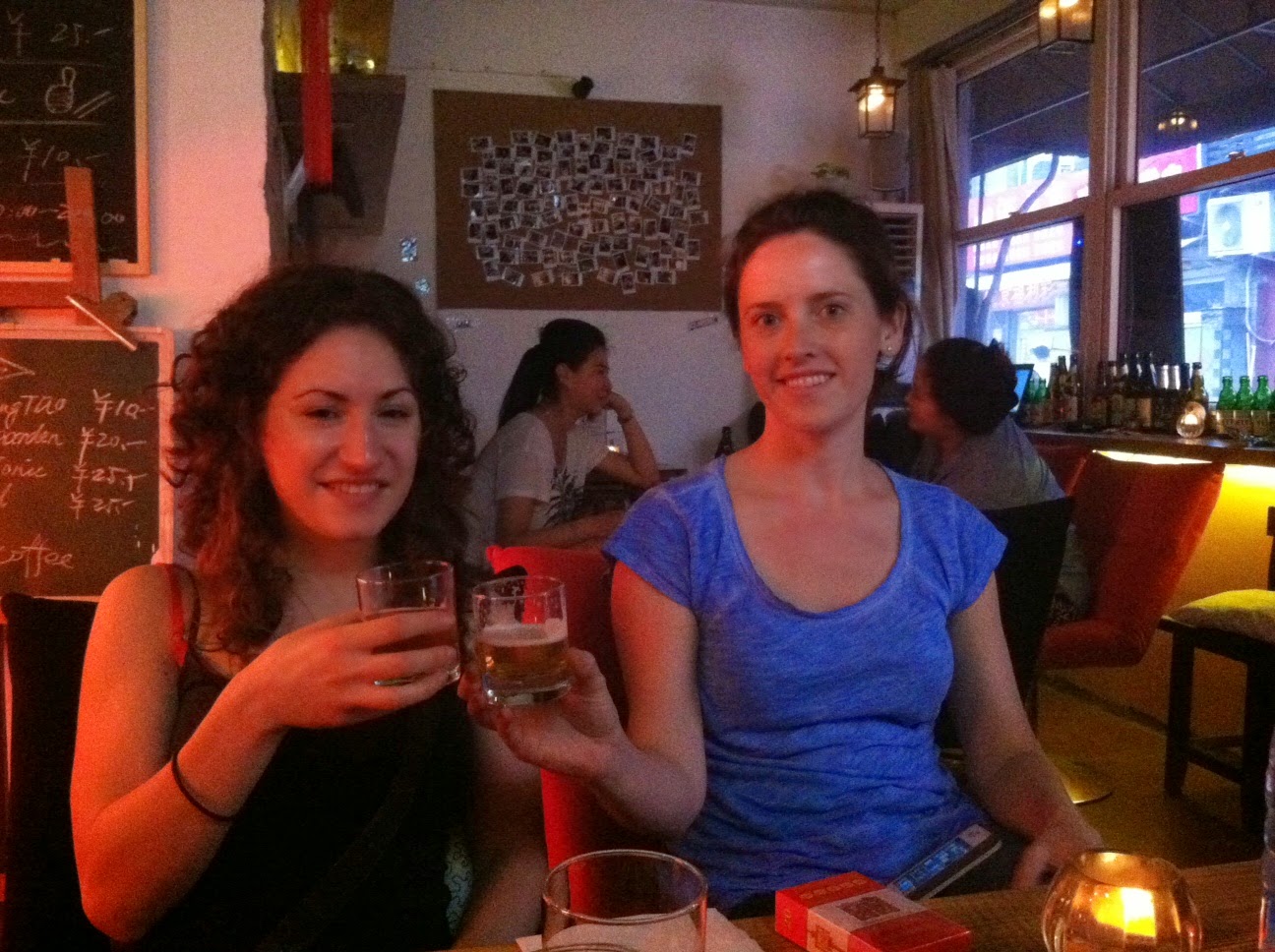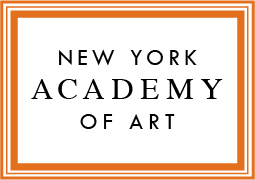Participating in a residency in Shanghai is unlike anything we have experienced. China is unique because of our lack of familiarity with contemporary Chinese culture, customs, and language barriers. The process of trying to make sense of this new world is a phenomenological undertaking. Our thoughts and needs are communicated via hand gestures, pictures, electronic devices or a third party–who may selectively translate what we are saying.
In the text, Being and Time by Martin Heidegger, dealing with the nature of existence is explored; “Being cannot be grasped except by taking time into consideration, the answer to the question of being cannot lie in any proposition that is blind and isolated”. As we experience life in China we can only open ourselves to the supreme novelty of the residency. Our experiences do not need to be made sense of in the moment, but rather, this is an opportunity to gather information. To truly understand something one must surrender preconceived notions about what could or should happen. One must simply Be and experience life as it is in the moment, and only in hindsight, we can reflect upon what we learned.

Being here is a wonderful opportunity to learn. One of the most curious aspects that I have found deals with the arrangement of space. Architecture in Shanghai is bold and imposing. Each grouping of buildings appears to be based on one Architectonic model, which is repeated a number of times. The lumping of structures divides the city into a series of rhyming blocks of buildings, which is followed by a vast expanse of flat land that extends forever.

The traditional city of Hangzhou is what one might imagine of China in the early 20th Century to be. We hiked through a bamboo forest to the top of a mountain. We looked down through the clouds to see an impression of the city, and a tea farming town in the distance. While walking the countless steps to the Pagoda atop the mountain, I kept thinking about the overall composition of traditional Chinese ink drawings. In them the viewer experiences space not in terms of linear perspective, but as a holistic impression of how space feels.
 One day Wang Yi took us to the opening of “Return to Simplicity“, a retrospective of Wu Shanming’s work, I realized that climbing the mountain actually felt like the works we saw at the Zhejiang Art Museum. Shanming’s oeuvre was comprised of variations of wash drawing techniques. He answered questions regarding the use of color as a compositional device, where to crop an image, where to simplify, and where to allow the abstract nature of the medium to flow, for the sake of creating an image that is captivating and sensitive.
One day Wang Yi took us to the opening of “Return to Simplicity“, a retrospective of Wu Shanming’s work, I realized that climbing the mountain actually felt like the works we saw at the Zhejiang Art Museum. Shanming’s oeuvre was comprised of variations of wash drawing techniques. He answered questions regarding the use of color as a compositional device, where to crop an image, where to simplify, and where to allow the abstract nature of the medium to flow, for the sake of creating an image that is captivating and sensitive.  China is a land of many joys, such as the pleasure of truly getting to know fellow residents, as people and as Artists. Our weekly critiques have been challenging at times, and yet because of the respect we have developed for each other, and because of the fact that we are all mutually invested in the success of the other’s work, positive changes are happening in the studio. This residency has benefited us not only in studio time, and cultural learning, but also in the freedom to sit and read. I find myself reflecting on a quote by Nietzsche, in Thus Spoke Zarathustra, “You teach that there is a great year of becoming, a prodigy of a great year; it must, like a sand-glass, ever turn up anew…” The challenge understanding a place so detached from Western Culture is that we are forced to rethink ourselves, not just as the character we know ourselves to be, but as artists, whose work is eternally evolving, influenced by our surroundings and stimuli.
China is a land of many joys, such as the pleasure of truly getting to know fellow residents, as people and as Artists. Our weekly critiques have been challenging at times, and yet because of the respect we have developed for each other, and because of the fact that we are all mutually invested in the success of the other’s work, positive changes are happening in the studio. This residency has benefited us not only in studio time, and cultural learning, but also in the freedom to sit and read. I find myself reflecting on a quote by Nietzsche, in Thus Spoke Zarathustra, “You teach that there is a great year of becoming, a prodigy of a great year; it must, like a sand-glass, ever turn up anew…” The challenge understanding a place so detached from Western Culture is that we are forced to rethink ourselves, not just as the character we know ourselves to be, but as artists, whose work is eternally evolving, influenced by our surroundings and stimuli.
